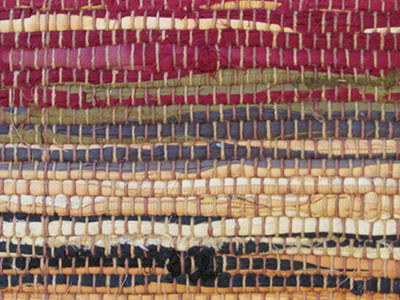Fabrics Database
Choice of fibre has a significant impact on the ability to recycle corporate wear. Our Fabrics Database gives an overview of fibres and fabric types (including blends) which are found in corporate wear. It looks at properties including durability and after-care, along with how suitable these different end-of-life options are for different fabrics:
This is one the of best options, as it retains the embodied energy and resources of the product and requires less input than new manufacturing. Durable and easy-care fabrics are most suitable, as that they can be easily processed into a second life - whether as a garment or other textile product.
There are mechanical and chemical recycling processes for both natural and synthetic fibres. A popular route is mechanical shredding which can break fabrics down and make them suitable for use in products such as wipes and rags. Chemical recycling for synthetics is a technically attractive option, but it isn't yet widely available in Europe.
Natural, biodegradable textiles can be composted and broken down to make soil improver, but this isn't yet a widely used option in the UK as fabrics don't break down quickly enough.
Disposal of textiles into landfill should be the last resort, and only considered if no other options are available.

Alternative Fabrics Database


